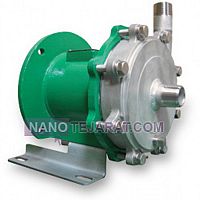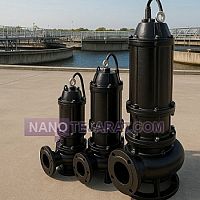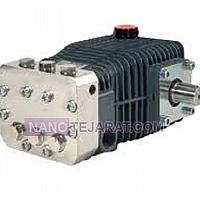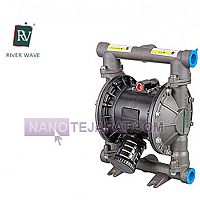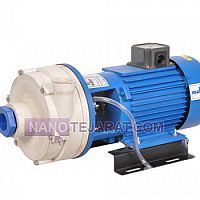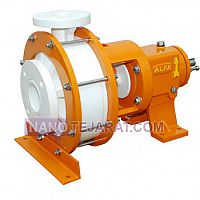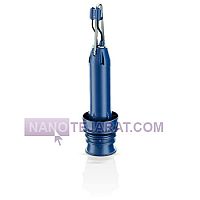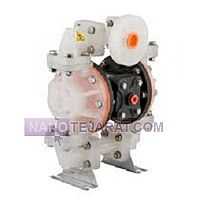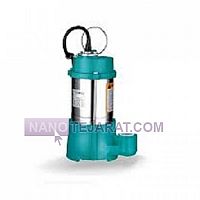

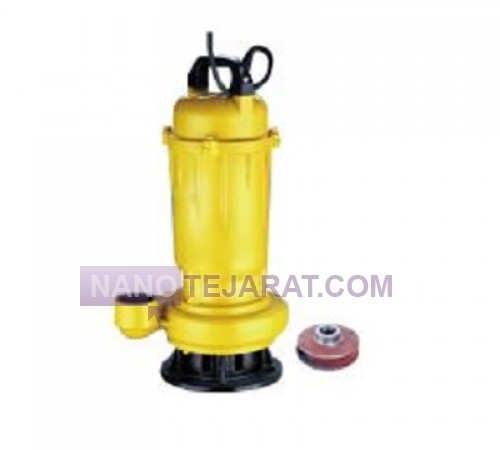
| ,Importer,,Wholesaler,Retailer | |
| Tehran | |
| 09196218230 | |
| baygan.sanat@gmail.com | |
The Stream SWQ series submersible sludge pump is designed with a wear-resistant cast iron body and is suitable for transferring wastewater containing solids up to 45 mm in diameter. These pumps are available in single-phase and three-phase models with power ratings from 0.55 to 22 kW, making them suitable for various applications including residential, industrial, and mining wastewater removal. The maximum flow rate reaches up to 630 cubic meters per hour, and the maximum pumping head is 45 meters. The pumped liquid temperature should be between 0 and 40 degrees Celsius, and the maximum operating pressure is 6 bar. These pumps feature a two-channel impeller with excellent hydraulic performance and a silicon carbide mechanical seal, ensuring long service life and trouble-free operation.
WEBSITE: Stream SWQ Submersible Sludge Pump Iran

blockage in the solid passage, or mechanical seal failure. A flow decrease of up to 15 percent of the nominal value, an abnormal temperature rise up to 10 degrees above the operating range, and vibrations exceeding 3 millimeters on the shaft are common signs of malfunction. Unusual noise, pressure fluctuations, and fluid leakage from the seal chamber can also indicate mechanical or hydraulic issues. Periodic inspection of power cables and electrical connections for single-phase and three-phase models is essential to prevent motor damage.
Environmental factors such as liquid temperatures above 40 degrees Celsius, passage of solids larger than 45 millimeters, or the presence of corrosive chemicals can disrupt SWQ pump performance. Motor efficiency reduction up to 5 percent, increased energy consumption, and operating pressure above 6 bar indicate the need for maintenance or component replacement. Regular maintenance, lubrication of the mechanical seal, and inspection of the two-channel impeller to prevent blockage and wear are key preventive measures. Periodic recording of operational parameters, including flow rate, head, and liquid temperature, helps extend pump service life.

